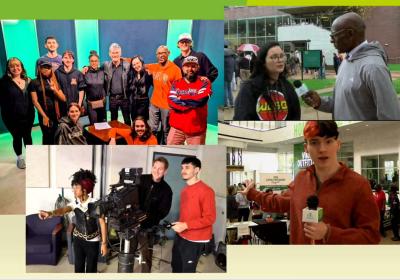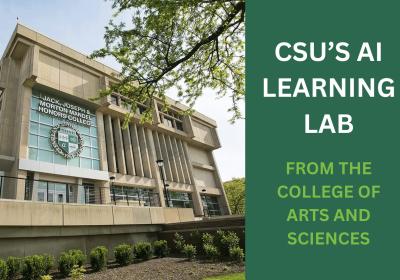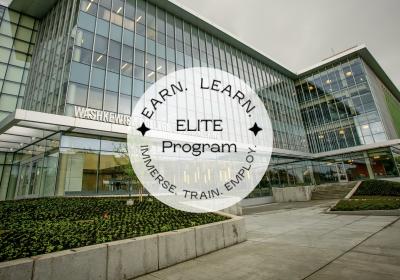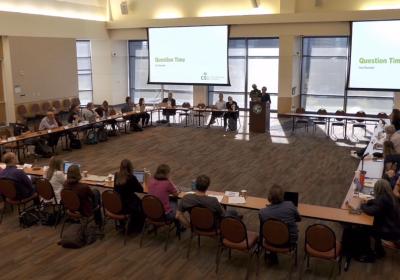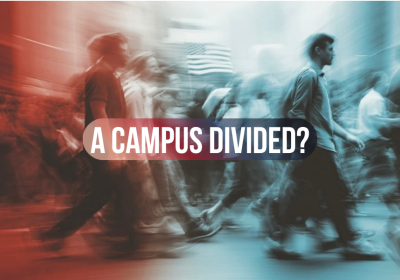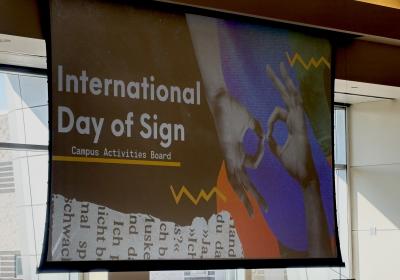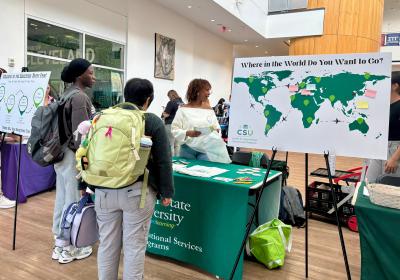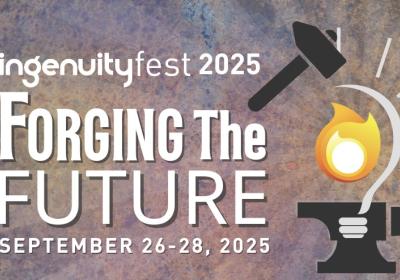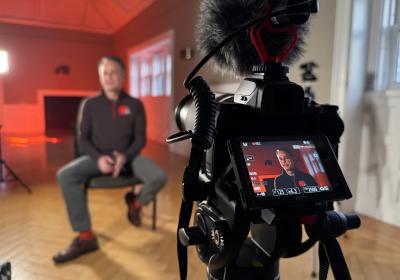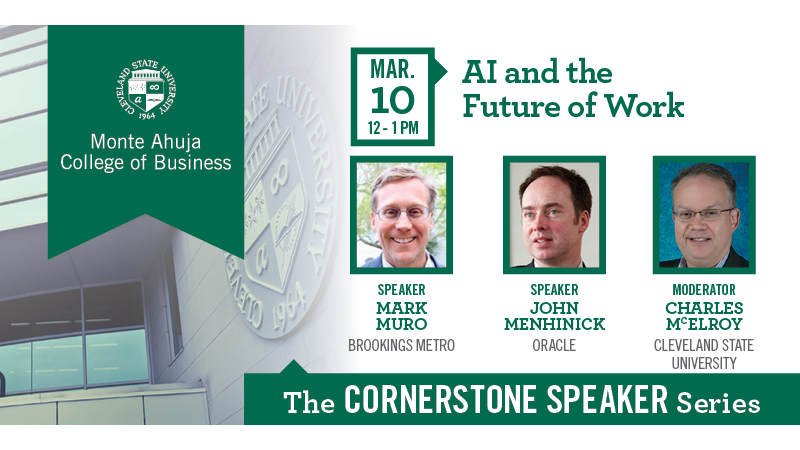
Integrating AI into the business world
The Monte Ahuja College of Business hosted a zoom event March 10 to discuss the best way to integrate artificial intelligence into the business world.
The event featured speakers Mark Muro from Brookings Metro and John Menhenic from Oracle. The moderator was CSU’s Charles McElroy.
A major issue addressed by Muro was the perceived threat of AI to lower level jobs. He said that while early research suggested this was a possibility, more recent findings suggest that AI is more likely to be implemented at the management level and will be complementary to the existing human positions rather than taking them over.
Muro explained that higher level jobs would be more equipped to utilize the potential of AI since those jobs demand a higher level of education and receive better training. He described the implementation of AI in business as a tool to assist these jobs.
“This isn’t just a superficial addition to the tool kit,” Muro said. “It could be a profound new tool for organizations.”
Menhenic expanded on the idea that AI will be used to aid existing jobs in business, by going over areas where such programs could be implemented, such as in sales, service, finances and human resources.
Menhenic also discussed the different methods of implementing AI, either through building programs or purchasing turnkey operations. He stressed the importance of incorporating AI technology to remain competitive.
“It really is a technology that, if embraced, will give businesses the best chance of operating in an evermore competitive environment,” Menhenic said. “Those who put their head in the sand are going to struggle a bit.”
When asked about the best strategy for integrating AI, Muro said that it is important not to view the technology as a quick solution, but rather to think creatively and innovatively to push the technology forward.
Menhenic agrees. He believes that AI is capable of doing some tasks more efficiently, but it should not be used as a replacement, especially when it is simpler to complete a task without it.
"(It) might not be something AI can solve, and if it is, that's great but is it a sledgehammer to crack a nut,” Menhenic said.
The importance of making these technologies equitably accessible was also discussed. In addition to making sure AI is available, it is important that the people developing it are diverse in order to ensure that the technology itself is equitable.\
Another big issue around the integration of AI is being transparent about what tasks the technology is carrying out and how well it is equipped to do these tasks.
Menhenic proposed that annual audits would be beneficial to not only ensure that the AI is accurate and fair in its computations, but that it maintains these qualities over time.
“You need to conduct audits regularly because it might be that your AI solution was great at one point in time,” Menhenic said. “But, it needs to consistent over time,” and prove its worth.
Muro agreed on the need for annual audits. He explained the importance of being transparent, especially with the existing stigma around the integration of AI into business workflow, and that the technology is essential for progress.
“We shouldn’t think that this (auditing AI) is somehow a strange big-government approach,” Muro said. “This is absolutely necessary.”
Moving forward, Muro believes it is important to remember that AI is supported by human operation and should ultimately be used to help people to better do their jobs.
“If we play this right, we could have a better human culture and business world,” Muro said. “The machines would quietly do their best to do away with scut work and allow for much more thoughtful, three-dimensional problem solving by humans.”


